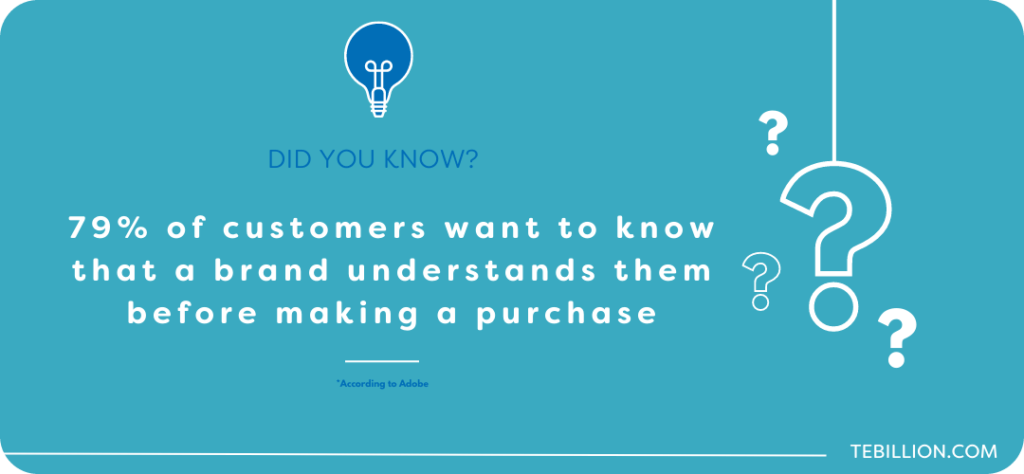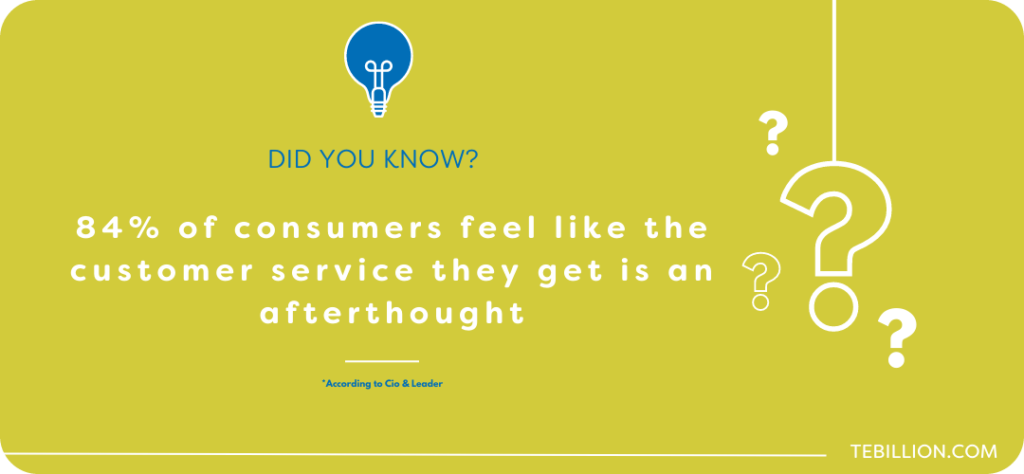
Did you know your escalation management has a huge impact on your brand image, customer satisfaction and the sales you make? Adobe shares that 79% of customers want to know that a brand understands them before making a purchase, meaning it is crucial for your customer service and escalation management to operate effectively. In this article, we will look at how businesses can streamline their escalation management process.

Escalation management is when a customer service agent is unable to provide a solution to a customer’s question or query, escalating it to someone else. There are three different types of escalation management systems that a customers query may go to:
Functional escalation is when a customer service team member interacts with a customer and realises that they are not equipped with the information or expertise to rectify the customer’s query, so they transfer the customer to another team or member.
Automatic escalation is when a customer’s query is not solved within a certain amount of time, so the query will automatically be escalated to a higher-up. Many companies do this type of escalation with “Service Level Agreements” (SLAs) set up, where the level of service customers should receive is clearly defined with a timeframe for team members to work in.
Hierarchal escalation is when a customer’s query will keep going to higher-ups based on how the experience is going. This will usually occur when a customer has a query or question that a customer service team member cannot solve, so they transfer the customer to a higher-up such as a supervisor.
Make sure that your business has exceptional escalation management and follow these tips:
SLA’s act as contracts that define the standard of customer service your business will provide. An SLA should include information about the service that is expected to be provided to your customers, and metrics on how to measure this service. Metrics like how long it should take for a customer query should be solved should be clearly stated for your team. Furthermore, the escalation protocol should be explained when the customer needs to contact a higher-up. This will act as a guide for your team to follow to ensure great customer service is provided.
Your team members should have a good understanding of the escalation procedures that are in place. For example, if a team member finds themselves in a situation where functional escalation is required, they should know whom to transfer the customer to in order to solve their problem.
Your team must make sure they treat the customers with care, focusing on:

Empathy – Showing your customers an understanding of their pain points and putting yourself in their shoes will greatly improve their experience. They will be able to build more trust and rapport with your team members during the process helping them have a positive experience.
Active listening – Listening is perhaps the most important skill to get right when your team is interacting with customers. By listening to your customers and analysing their situation, you will be able to get a good understanding of the steps that need to be taken to resolve their query.
Clearly defined steps – Customers do not want to feel like they are being given to someone else because a team member is not interested in their problem. Clearly define the steps that will be taken during an escalation process to the customer so they understand whom they are going to talk to and how they will be able to help.
During your escalation process, always ask your customers questions about how the process is going for them and what else you can do to help them. This feedback will help you improve future encounters with customers and ensure that your escalation process improves for customers.
Train your team members to be able to control difficult situations and successfully help your customers feel like you care for them. Cio & Leader highlight that 84% of consumers feel like the customer service they get is an afterthought. This statistic highlights that if you provide training for your team and have a good escalation management system in place, you will stand out in your market. Find out how to offer exceptional customer care to your customers.

Here are two examples of when escalation management is required for a customer query:
If your business has sold a product to a customer that has a technological challenge that they cannot solve, they will contact a customer service representative. During this situation, the customer service representative that is interacting with the client may not have the technical expertise to guide the customer to a fix. In this situation, the team member can escalate the problem and transfer the customer to a more qualified team member or higher-up.
If there is a problem with a payment from a customer, for example, an error that does not let the customer renew their contract. This will lead to the client contacting customer service to get assistance in making the payment. In this situation, the customer may be transferred to the accounts and billing team to solve their request as they will have the resources to do so.
Respond to customer queries quickly, resolve issues efficiently and get a better understanding of how to help your customers with TEB, the sales automation CRM software. Key features of TEB:
Make sure you do not miss out, with just 30 minutes of your time we can show you the future of your business. Click the link below to schedule a demo with us.